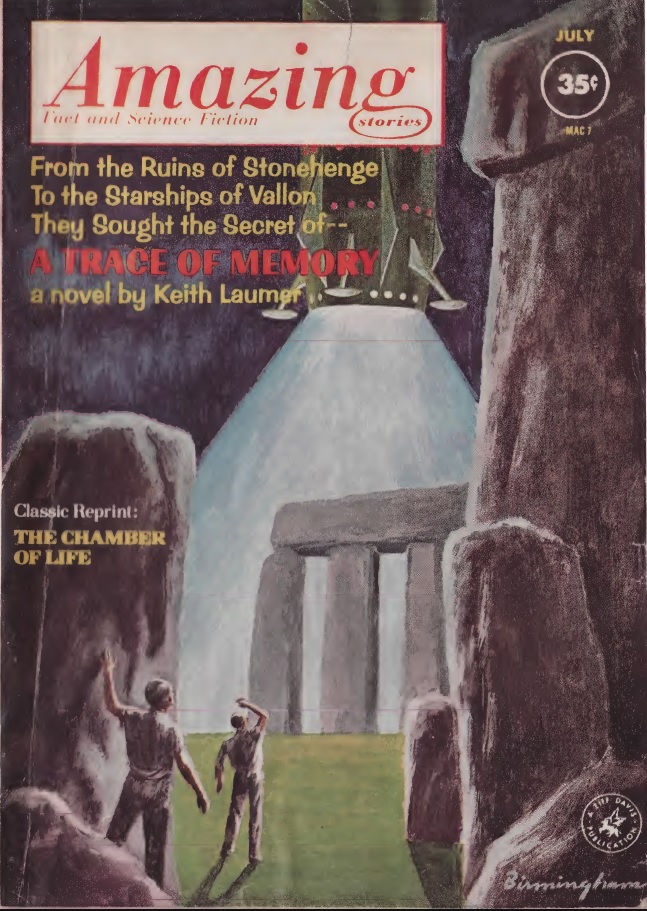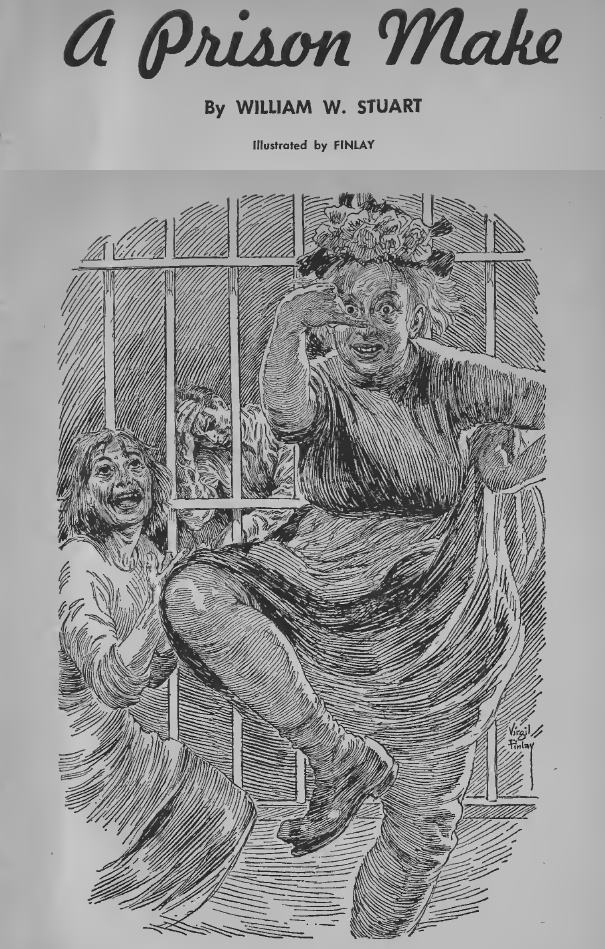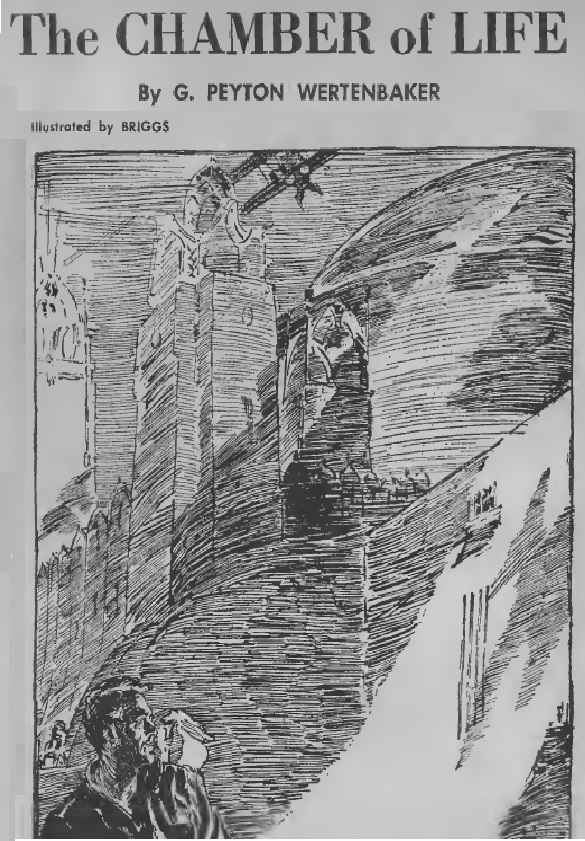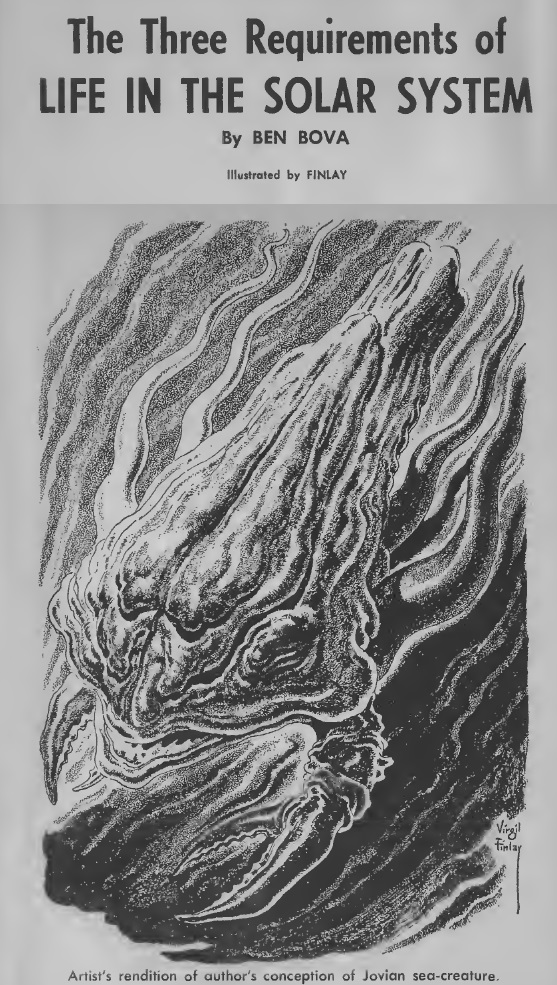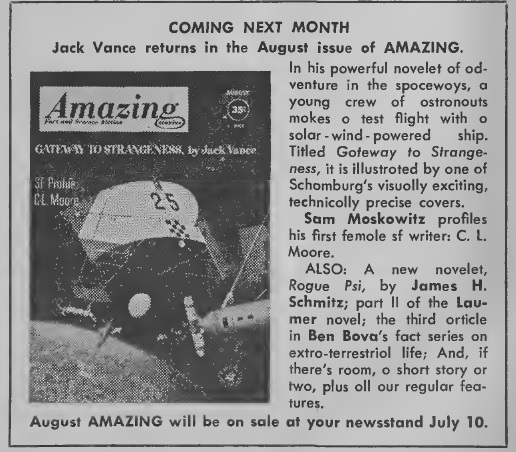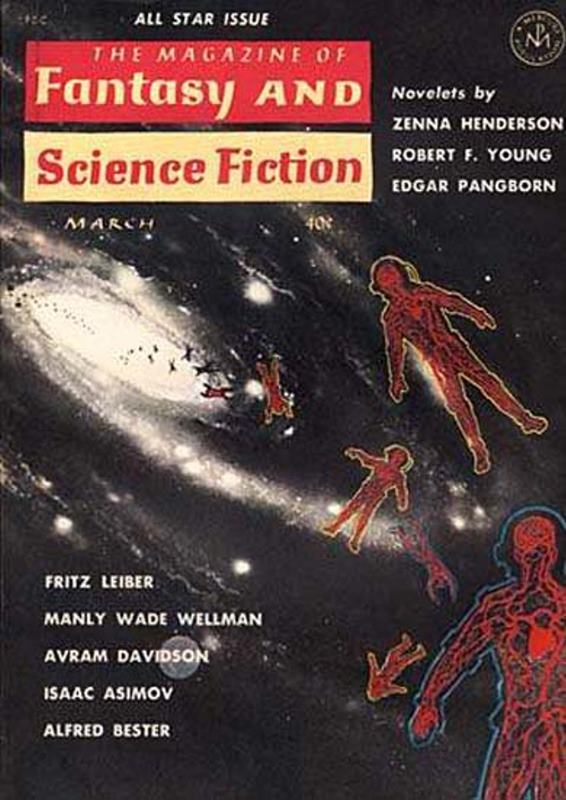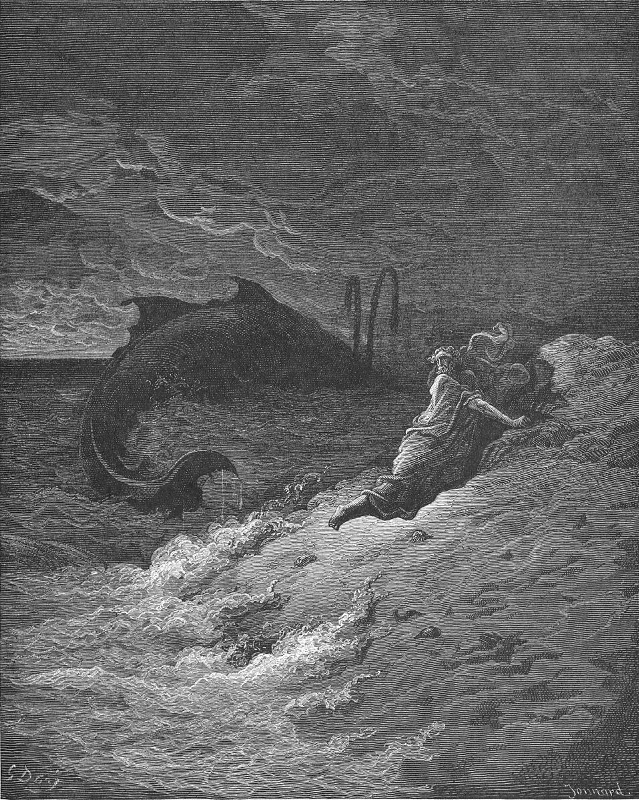
by Victoria Silverwolf
The world was shocked and mystified this month by the death of Marilyn Monroe, an apparent suicide at the age of thirty-six. The paradox of a young woman who was revered as a star but who led a troubled personal life may bewilder those of us who have never experienced the intense pressure of celebrity. Perhaps it is best to offer quiet sympathy to her friends and family and allow them to mourn in privacy.

The police are baffled, to use a cliché, by the robbery of a mail truck containing one and one-half million dollars in Plymouth, Massachusetts. This is the largest cash heist in history. The daring holdup men, dressed as police officers, stopped the vehicle while it was on route from Cape Cod to Boston.

Even listening to the radio can be a puzzling experience. The airwaves are dominated by Neil Sedaka's smash hit Breaking Up Is Hard to Do. At first, this seems to be a simple, upbeat, happy little tune, particularly considering the repetitive, nonsensical chant of down dooby doo down down comma comma down dooby doo down down. Listening to the lyrics, however, one realizes that this is really a sad song about the end of a love affair.

With all of this confusion going on, it's appropriate that the latest issue of Fantastic features characters who are perplexed, authors who seem a little mixed up, and stories which may leave the reader scratching her head.

Plane Jane, by Robert F. Young
Lloyd Birmingham's surreal cover art provides the inspiration for a strange story about a man who goes to a psychiatrist because he thinks other people are unreal. The headshrinker, who is more than she seems to be, leads him on a bizarre odyssey to the places he worked, served in the military, and went to school. The weird thing is that all these locations seem to have sprung up out of nowhere only recently, although he has memories of them. This is a unique and intriguing tale with a resourceful heroine to guide the disoriented protagonist. My one complaint is that the author explains too much about what's going on in the opening prologue. I would suggest skipping this section and starting with the first chapter to get the full effect. Four stars.
Open with Care, by Boyd Correll

A new writer offers an opaque account of a brilliant scientist, recently forced to retire, who is using isotopes for a secretive project of his own. (For purposes of the plot, he might as well be using witchcraft.) His long-suffering wife wonders about the packages he keeps bringing home, and about the fact that he seems to be transparent. There appears to be a reference in the story to a famous thought experiment in physics. It all leads up to a shocking ending. Frankly, I didn't understand this story, although it's not entirely without interest. Two stars.
April in Paris, by Ursula K. LeGuin

Another fledging author (although I believe she had a mainstream story published in a literary journal last year) appears for the first time in Fantastic, this time with great promise for a fine career. A professor of French literature sits in an old garret in Paris working on his research. Four centuries in the past, an alchemist living in the same building uses black magic to bring the scholar back to his own time, more or less by accident. After much confusion on the part of both, they become close friends. Everything seems fine until they feel the need for feminine companionship. Spells are used to fetch women from other times, and complications ensue. This is a delightful romantic fantasy with an unexpected touch of science fiction. All of the characters are likable, and it's refreshing to have a story with such a sunny mood. Five stars.
New Worlds, by Erle Stanley Gardner

This issue's fantasy classic comes from the creator of the popular Perry Mason mysteries. It begins with a gigantic storm destroying the city of New York. It seems that the Earth's poles have shifted, leading to worldwide flooding. The Hero, the Girl, and the Scientist escape in a vessel which, through incredible good luck, they find in the showroom of a motorboat company. They eventually wind up on a tropical island. The Villain rules the place as a tyrant, using his guns to murder the inhabitants at will. At this point the story abandons its apocalyptic premise and becomes a more mundane adventure yarn, as if the author wasn't sure what kind of tale he was spinning. The Good Guy could just have easily wound up on the Bad Guy's island in some other way. Two stars.
Junior Partner, by Ron Goulart

An author better known for light comedy shows his more serious side, although the story is not without some dark humor. The narrator is the son of a man who runs his company with ruthless efficiency. All of his employees perform perfectly, keeping to a rigid schedule. Anticipating his impending demise from a bad heart, he reveals the secret of his control over his workers. The son doesn't understand at first, but eventually figures out what his father is showing him. Unfortunately, the young man has a failing that leads to unpleasant consequences. This is a moderately engaging tale. Three stars.

I hope this modest article, the product of an addled brain, hasn't confused my Gentle Readers excessively. Fantastic continues to be the worthier of Cele Goldsmith's two magazines, and in these confusing times, it is good to have something one can depend on…
—
























